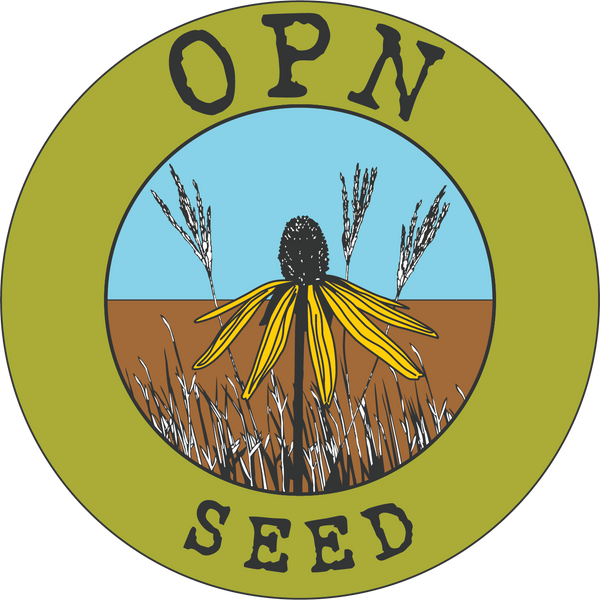An Overview of Prairies
The prairie grassland ecosystems in Ohio with native plant species once covered as much as 1500 square miles or approximately one million acres. Community types varied from sand ridge prairies along Lake Erie, to Savannahs, Short Grass and Tall Grass prairies and Wetlands ecosystems. Today only scattered prairie remnants remain in some of the main prairie areas and wetlands are under pressure throughout the state. The native plant species that were in grassland ecosystems are found in every county of the state. Many can be seen along roadsides if you know where to look and what to look for.
Native grasslands and prairies are the most endangered ecosystems in the world. Many species of animals depend on these ecosystems for their survival. Many native plant species host specific insects and invertebrates that live only in prairie environments. Seeds from fall blooming prairie plants are major sources of food for migrating songbirds. In short, these ecosystems are critical to a healthy planet and need to be reintroduced on any scale.
Prairies and native grasslands are important for other reasons too. They can turn expensive to maintain lawn areas into a very low maintenance and very beautiful landscapes fairly quickly and very economically. The deep roots of prairie species allow them to thrive without watering or any fertilizer saving these resources for other things. The roots also act as pathways for water to enter the soil to recharge the ground water tables. Instead of mowing and maintaining your lawn you can walk through your prairie surrounded by life at many different levels.
Ready to start your own prairie? Visit our Customer Resources page for more information or give us a call at 866-569-3380.
Native grasslands and prairies are the most endangered ecosystems in the world. Many species of animals depend on these ecosystems for their survival. Many native plant species host specific insects and invertebrates that live only in prairie environments. Seeds from fall blooming prairie plants are major sources of food for migrating songbirds. In short, these ecosystems are critical to a healthy planet and need to be reintroduced on any scale.
Prairies and native grasslands are important for other reasons too. They can turn expensive to maintain lawn areas into a very low maintenance and very beautiful landscapes fairly quickly and very economically. The deep roots of prairie species allow them to thrive without watering or any fertilizer saving these resources for other things. The roots also act as pathways for water to enter the soil to recharge the ground water tables. Instead of mowing and maintaining your lawn you can walk through your prairie surrounded by life at many different levels.
Ready to start your own prairie? Visit our Customer Resources page for more information or give us a call at 866-569-3380.
